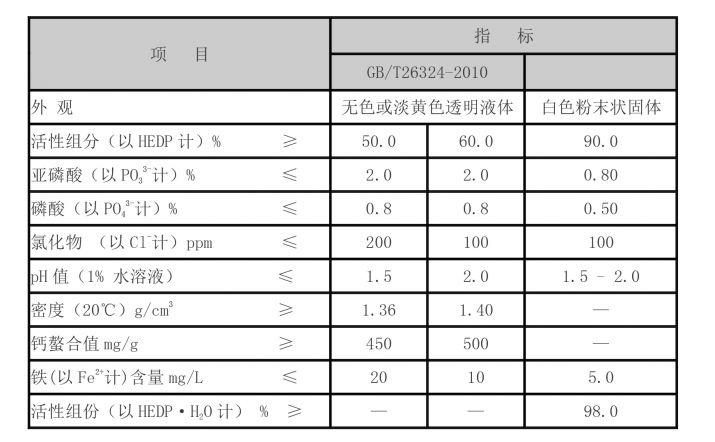diethylene triamine penta
Diethylene Triamine Penta (DTPA) A Comprehensive Overview
Diethylene triamine pentaacetic acid, commonly referred to as DTPA, is an important chelating agent with numerous applications in various fields, including medicine, agriculture, and environmental science. Its unique molecular structure, which contains five carboxylic acid groups, allows DTPA to bind metal ions effectively, forming stable complexes. This property makes it a valuable compound in managing metal toxicity and enhancing metal recovery processes.
Diethylene Triamine Penta (DTPA) A Comprehensive Overview
In agriculture, DTPA plays a crucial role in the formulation of micronutrient fertilizers. Many essential trace elements, like iron, manganese, and zinc, can become unavailable to plants due to soil chemistry. By chelating these metals, DTPA improves their solubility and bioavailability, thus enhancing plant uptake and supporting healthy growth. The use of DTPA in fertilizers is particularly beneficial in alkaline or calcareous soils, where metal availability is often a concern.
diethylene triamine penta

Environmental applications of DTPA have also garnered significant attention. Its ability to stabilize and recover metals makes it useful in remediation efforts for contaminated sites. For instance, DTPA can aid in the extraction of heavy metals from polluted soils or water bodies, thus facilitating their safe removal and recovery. Furthermore, DTPA is often employed in industrial processes to prevent metal ion interference, ensuring product quality and compliance with safety regulations.
However, it is essential to recognize the potential environmental impacts of DTPA. While it assists in metal recovery, its persistent nature can lead to unintended consequences if not managed properly. DTPA’s chelating properties may inadvertently mobilize heavy metals, making them more bioavailable and potentially increasing their toxicity in ecosystems. Therefore, ongoing research and assessment are critical to balancing DTPA’s benefits with its environmental implications.
In summary, diethylene triamine pentaacetic acid (DTPA) is a versatile chelating agent that plays a vital role across multiple domains, from medicine to agriculture and environmental science. Its ability to bind metal ions has significant practical applications; however, careful consideration of its environmental impact is necessary. As research progresses, DTPA’s efficacy and safety can be optimized, ensuring that it continues to serve as a valuable tool in managing metal ions in various contexts, ultimately contributing to better health outcomes, sustainable agriculture, and cleaner environments.
-
lk-319-special-scale-and-corrosion-inhibitor-for-steel-plants-advanced-solutions-for-industrial-water-systemsNewsAug.22,2025
-
flocculant-water-treatment-essential-chemical-solutions-for-purification-processesNewsAug.22,2025
-
isothiazolinones-versatile-microbial-control-agents-for-industrial-and-consumer-applicationsNewsAug.22,2025
-
scale-inhibitor-key-solutions-for-water-system-scale-preventionNewsAug.22,2025
-
organophosphonates-versatile-scale-inhibitors-for-industrial-water-systemsNewsAug.22,2025
-
scale-and-corrosion-inhibitor-essential-chemical-solutions-for-water-system-maintenanceNewsAug.22,2025





